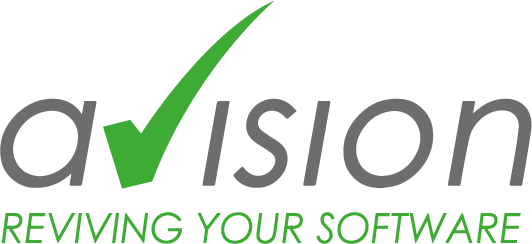Anyone who works in the IT sector is familiar with this type of application: They are running somewhere in the background, doing their job – but they haven’t really been up to date for a long time. This can go well for a while, but as in real life, it’s not the free fall that causes the problems, but the impact on the ground. And this can be painful for IT departments if no one takes care of the maintenance and modernization of applications. The resulting technical debt alone is an immense problem. But we also need a greater awareness of the urgency of long-lasting, well-planned and modern software because technical debt rarely comes alone – rather, it is just the beginning of other problems.
Technical debt ties up resources, especially developers who have to deal with its reduction. Current projects usually fall by the wayside. But malfunctions in long-neglected applications, problems with their maintenance and a lack of expandability also lead to frustration on the user side. As a result, employees go in search of short-term solutions on their own, be it Excel spreadsheets, external tools or even self-written scripts. This is where shadow IT, one of the biggest nightmares of IT departments, begins to grow. Systems that are not monitored and managed represent further gateways and lead to even more problems, not least in terms of IT security. So, what do companies need to do first and foremost to prevent technical debt and its consequences?
We need a general rethink in the IT industry when it comes to planning and implementing solutions. Most of the problems described can be traced back to the fact that the path of least resistance was preferred to a long-term concept – for example, the purchase of tools and short-term IT solutions instead of investing time and money in in-house, long-term software. A path that is also perfectly understandable in view of the often tight time and budget constraints. However, practice shows that companies are saving at the wrong end here. Technical debt and unpredictable shadow IT can very quickly exceed the costs supposedly saved at the beginning. Maintenance, new purchases, updates – all this can quickly lead to a cost trap that resembles a vicious circle. More problems with existing applications, more frustration among users, more shadow IT, more security problems, more work. Instead of just sticking plasters on the open wounds of IT, we need proven strategies. A clear focus on applications that are sustainable, well-maintained and adapted to the needs of the business side is key.
So, let’s stop relying on software compromises that somehow work, but can catch up with us faster than we would like in the form of technical debt and shadow IT. Instead, let’s invest in the longer term and build stable, maintainable and secure applications that can grow with the company.
This press release can also be found at www.pr-com.de/de/avision
Press contact
Avision GmbH
Christina Karl
Marketing
Bajuwarenring 14
D-82041 Oberhaching
Tel. +49-89-623037-967
christina.karl@avision-it.de
PR-COM GmbH
Melissa Gemmrich
Sendlinger-Tor-Platz 6
D-80336 München
Tel. +49-89-59997-759
melissa.gemmrich@pr-com.de



